1. The Dalmatian’s Fire‑Run

There’s something poetic about a Dalmatian racing beside a horse‑drawn fire wagon, earning its stripes, literally and figuratively, by clearing crowds and calming horses. Dalmatians “ran alongside the horses to make sure they weren’t spooked or slowed down by pedestrians” and acted as living sirens. Imagine them dodging carts and barking ahead like canine alarms, guarding the horses at scenes and watching over the gear. They became cherished mascots in firehouses, valorous and steady. It’s a legacy that lingers today, a spotted symbol of old‑time hustle. Fancy more tales? Keep reading and meet more breeds whose jobs were just as wild.
2. Puffin Hunter: The Norwegian Lundehund
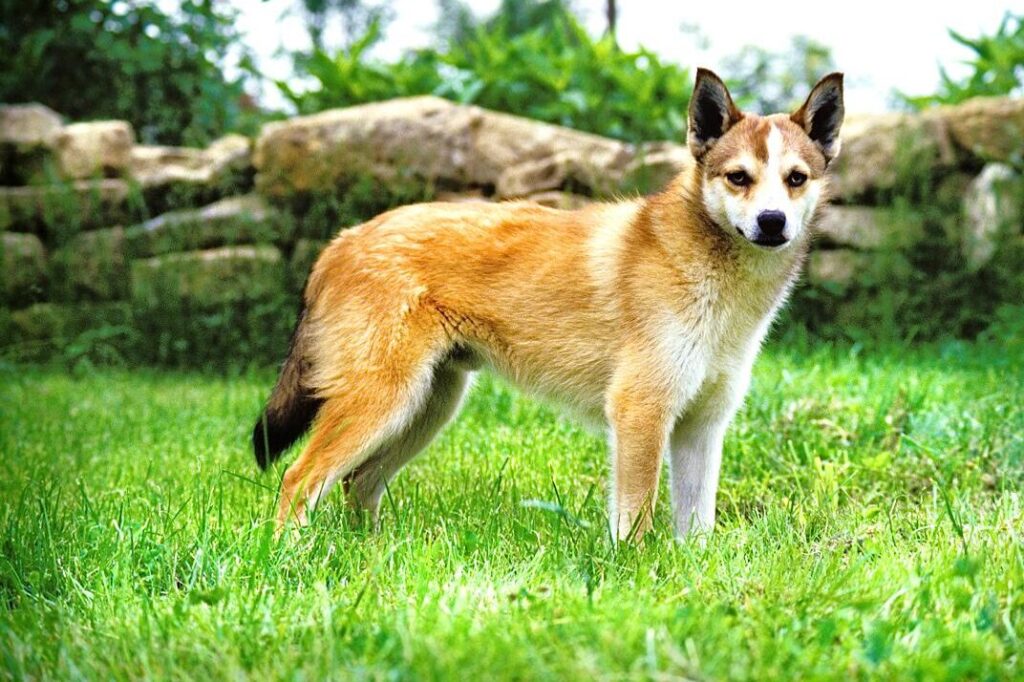
Picture a petite Norwegian Lundehund scaling steep cliffside burrows to coax out puffins, those seabirds impossibly nested in rocky caves. As the AKC notes, this “is the only dog breed created for the job of puffin hunting”. With six toes per foot, flexible joints, and a neck that bends backward, it could wiggle into tight holes and fetch its prey. Households once prized them more than cattle because “the best dogs caught up to 80 birds a day”. Their job may have faded, but every Lundehund still carries the spirit of that daring cliff‑scale day. Hungry for more curious canines? I’ve got stories aplenty.
3. The Bloodhound’s Sleuthing Nose
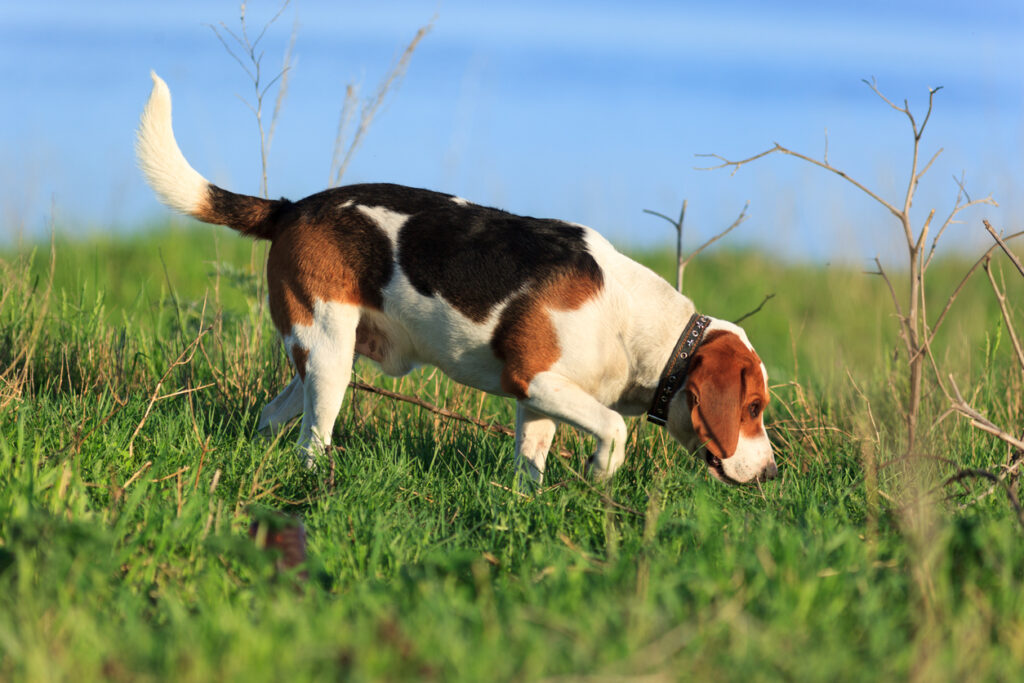
Sliding from seabirds and fire wagons to silent sleuths, the Bloodhound brings detective‑level scent tracking. Monks originally bred them to follow human trails for days on end, honing a nose so precise that modern courts have accepted their findings as evidence. Their sense of smell is among the most accurate in the canine world, letting them follow a human’s path over rugged terrain and through time. Picture a patient tracker, winding through forests or fields, nose to ground, unrelenting. They’ve earned reputations for solving cases cold. Want to unravel more breed backstories? Just say the word and I’ll bring more of these odd jobs to life.
4. The Bedlington Terrier’s Mine Patrol
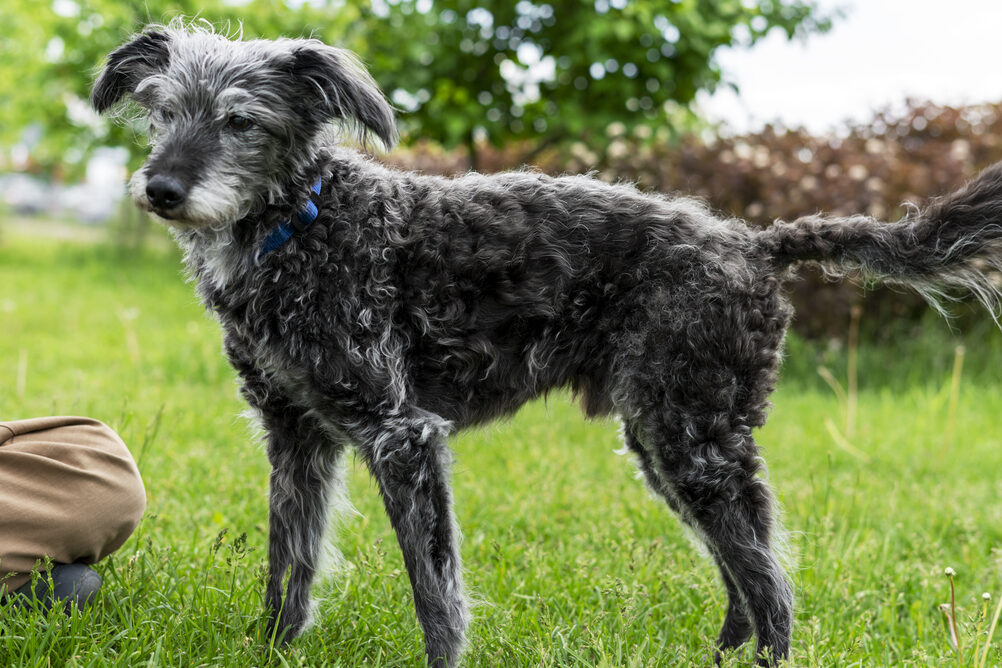
Moving from trackers to terriers, the Bedlington Terrier looks more like a lamb than a working dog. But behind those soft curls was a sharp hunter, bred to slip into coal mines and chase out rats. According to the UK Kennel Club, “their agility and narrow build made them ideal for underground vermin control.” Miners relied on them to keep tunnels clean and disease-free, and their quiet determination made them favorites underground. It’s almost funny how something so dainty-looking could be such a fierce little worker. From mines to the sea, another breed took on even bigger challenges.
5. Newfoundland: The Sailors’ Lifeguard

Few dogs worked harder in water than the Newfoundland. These gentle giants weren’t just companions; they were life savers. Bred by Canadian fishermen, their massive lungs and webbed feet let them swim through icy waters, hauling nets or dragging drowning sailors to safety. “Their instinct to rescue people from water is unparalleled,” says the AKC. Even today, some are trained for water rescues in Europe. Watching a Newfoundland leap from a boat to save a flailing swimmer is like seeing a legend in action. From sea guardians to mountain defenders, some breeds took their watchfulness even higher.
6. Tibetan Mastiff: The Himalayan Sentinel
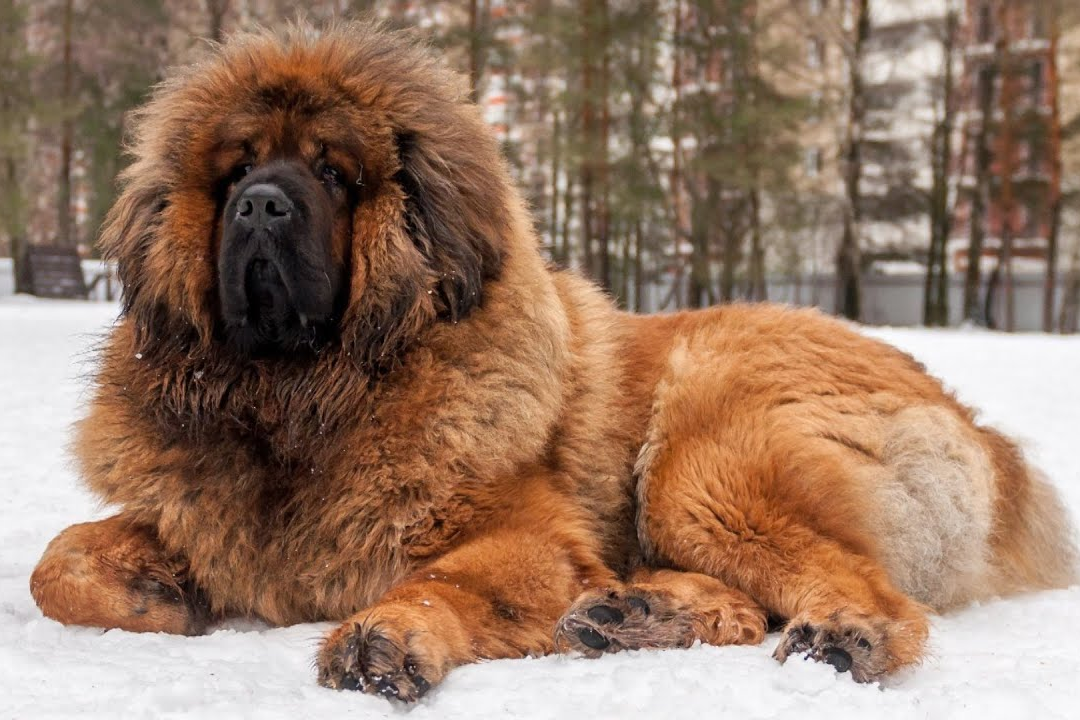
Up in the Himalayan villages, the Tibetan Mastiff stood like a shaggy wall between danger and home. These massive dogs were bred to guard monasteries, flocks, and people from wolves and leopards. As National Geographic notes, “their sheer size and booming bark alone were enough to deter predators.” Nomadic herders trusted them through freezing nights, knowing nothing slipped past their watch. Though they’re more likely to nap on a couch now, you can still see that fierce protector in their eyes. From mountain sentinels, we drift back down to the desert where speed was everything for the next breed.
7. Saluki: The Desert Sprinter
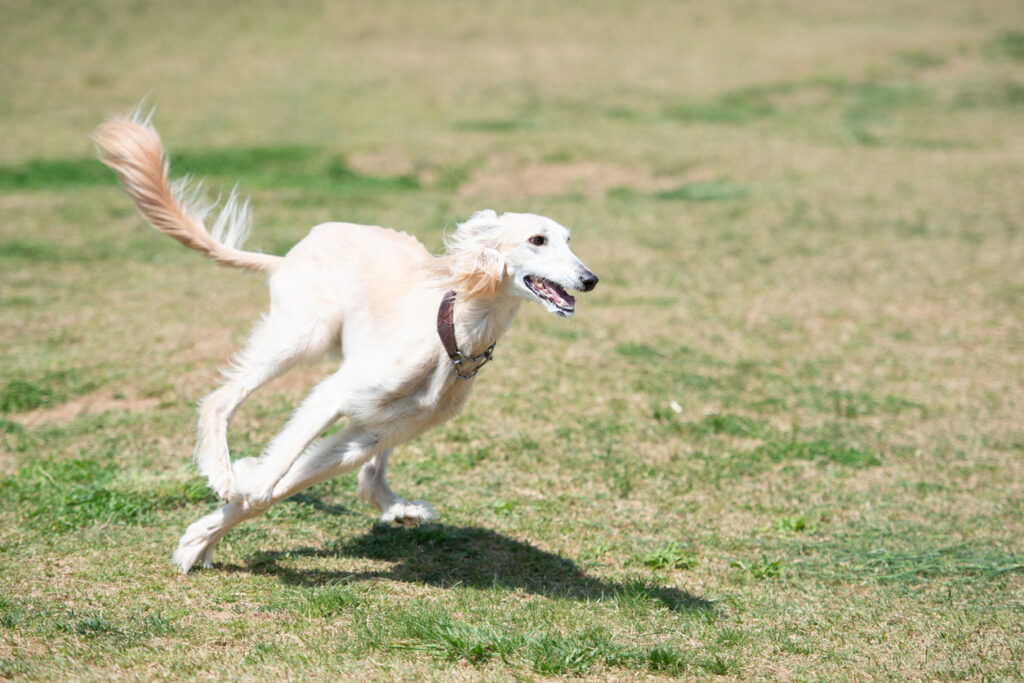
Some dogs were bred for power, but the Saluki was made for pure speed. Known as the “royal dog of Egypt,” these elegant hounds chased down gazelles across endless desert plains. The AKC notes, “their slim build and incredible stamina made them prized by nomadic hunters for thousands of years.” Watching a Saluki in motion is like seeing poetry on four legs, covering ground with effortless grace. They weren’t just hunters; they were companions to pharaohs and desert tribes alike. From the scorching sands, we move to greener pastures where another breed bounced its way into herding history.
8. Puli: The Bouncing Shepherd
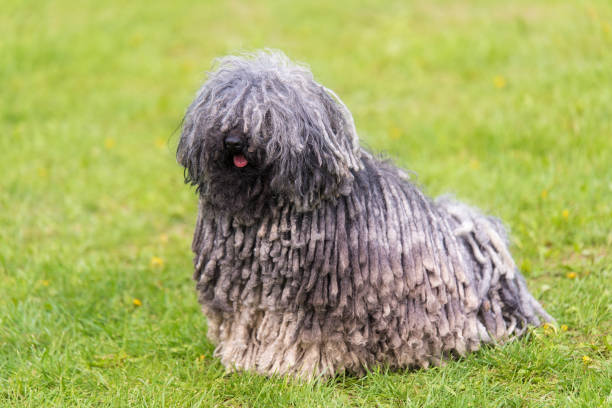
With a coat that looks like it belongs in a reggae band, the Hungarian Puli wasn’t just a fashion statement, it was a working genius. This little herder used its mop-like cords to blend with sheep, bouncing and darting to keep flocks together. Farmers loved their agility, often saying “a good Puli could turn a flock like a breeze through grass” (Hungarian Shepherd Dog Club). The cords protected them from weather and bites, making them perfect field workers. Their quirky look hides a big brain and a bigger work ethic. But if you think herding sheep is odd, wait until you meet the river trackers next.
9. Otterhound: The River Detective
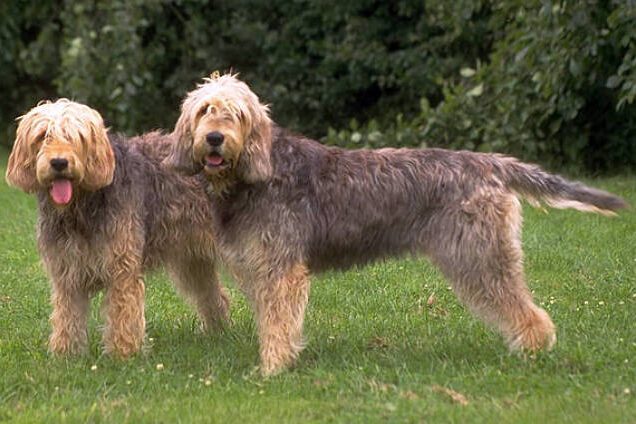
The Otterhound is a breed with a nose for fish, well, for the creatures that threatened them. Bred in medieval England, their job was to track otters that were devastating fish stocks in rivers and ponds. These shaggy water lovers had webbed feet and a strong scenting ability, perfect for the task. The AKC notes they could “follow an underwater scent trail for hours.” Though otter hunting has long been banned, the Otterhound’s cheerful love for water remains. Their rarity today makes them almost mythical. From riverside sleuths, we step into fields again where blending in wasn’t just clever, it was survival.
10. Komondor: The Living Sheep Disguise
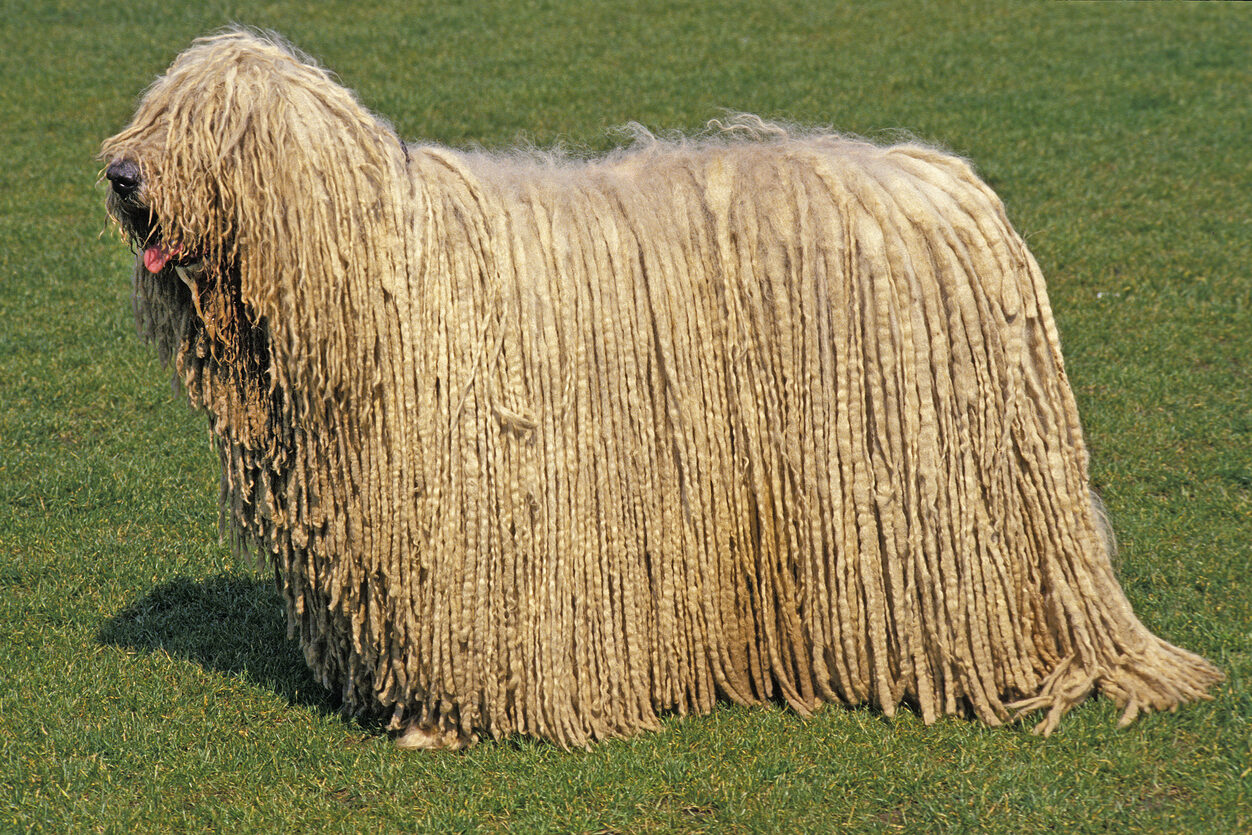
Some breeds didn’t just protect flocks; they became part of them. The Hungarian Komondor, with its long, corded coat, was bred to look like another sheep in the pasture. Farmers relied on this giant “mop dog” to blend in and ambush predators who got too close. The AKC shares that “its instinctive guardian skills made it fearless against wolves and other threats.” These dogs stayed calm until danger approached, then burst into action with surprising speed. It’s a clever design by nature and nurture alike. From quiet camouflage, we move to a more hairless hero with a shipboard mission.
11. Chinese Crested: The Seafaring Ratter
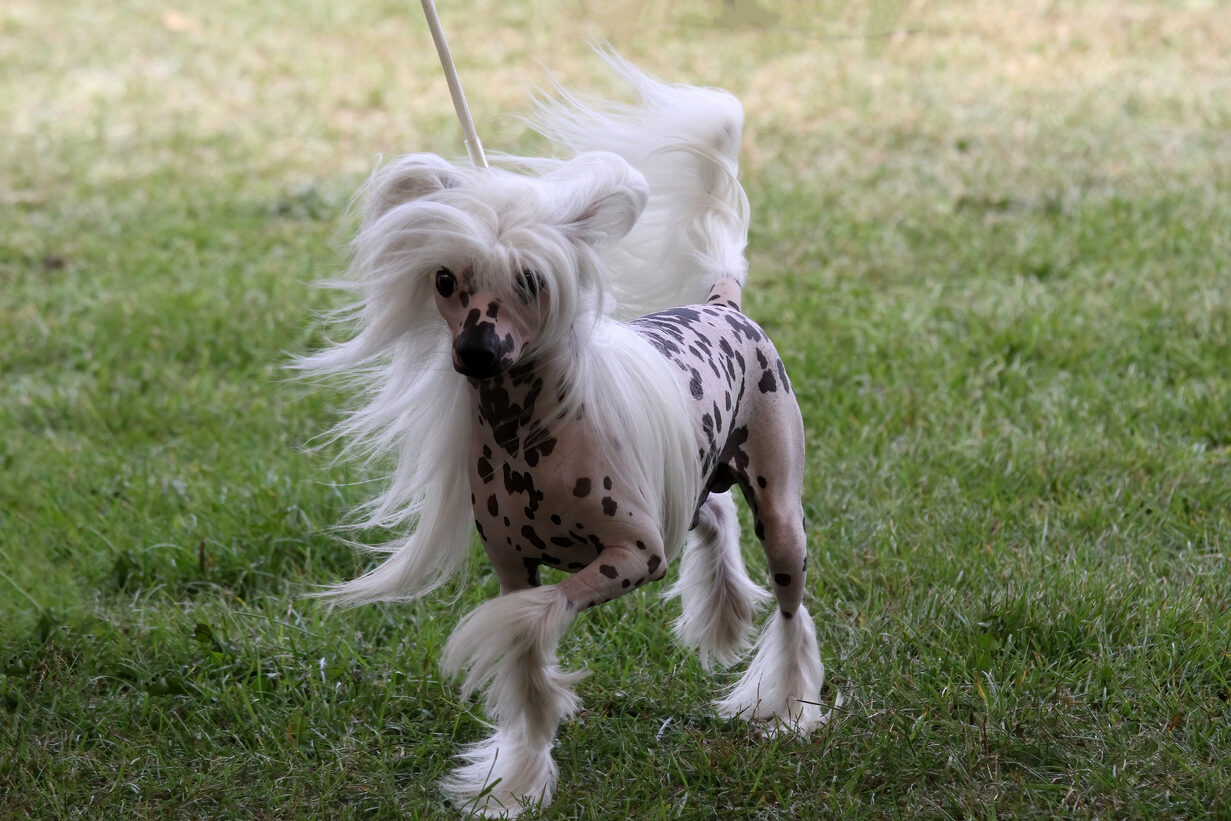
Not every ship needed a cat. Some had a Chinese Crested, a mostly hairless little dog bred to hunt rats on Chinese trading vessels. Their nearly bare skin made sense, it kept them cool and low maintenance in humid sea air. Sailors valued their nimble size, fierce rat-hunting ability, and friendly demeanor during long voyages. “They were efficient pest controllers and loyal companions,” notes PetMD. While today they win hearts in dog shows, their ancestors earned their keep on the high seas. From ocean decks, let’s step into history where another hairless breed held a more spiritual role.
12. Xoloitzcuintli: The Sacred Guide
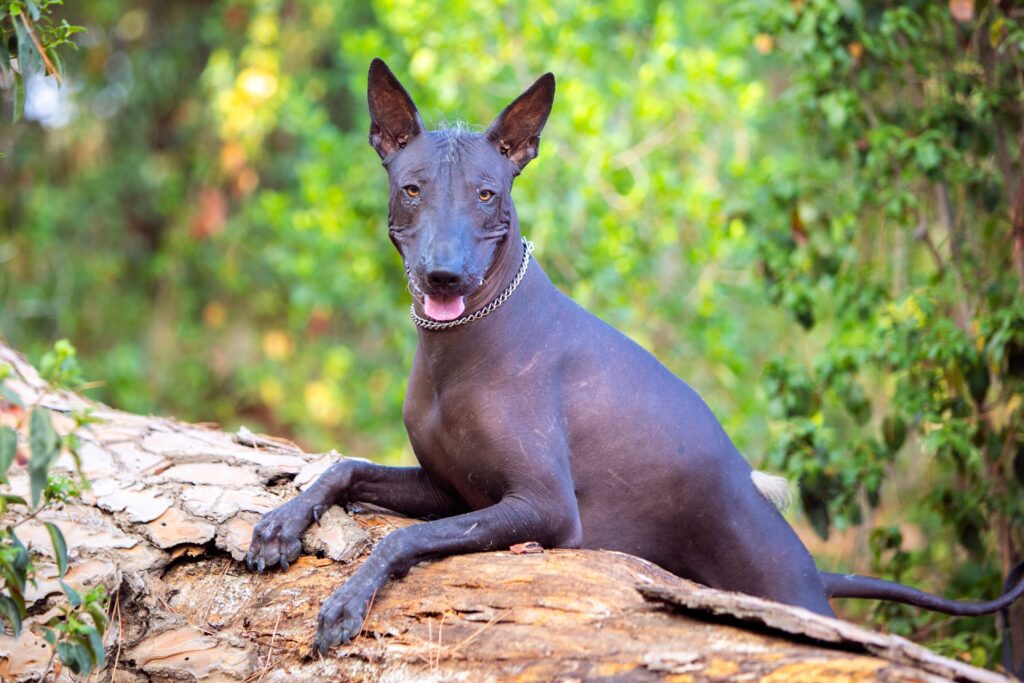
Revered by the Aztecs, the Xoloitzcuintli, or Mexican Hairless Dog, had a role that went far beyond companionship. Believed to guide souls to the afterlife, they were spiritual guardians and even served as living heating pads for the sick, thanks to their naturally warm skin. According to the AKC, “they were deeply woven into rituals and family life, symbols of protection and healing.” Their history runs thousands of years deep, linking people and dogs in ways more mystical than practical. From spiritual helpers, we return to Europe where grandeur and grit came together in one lion-like friend.
13. Leonberger: The Noble Workhorse

Born from a breeder’s dream in 19th-century Germany, the Leonberger was designed to look like a lion yet work like a farmhand. These majestic dogs pulled carts, guarded property, and served as loyal companions to European royalty. As the Leonberger Club of America notes, “their strength and gentle temperament made them versatile workers.” They were equally at home hauling loads or sitting by a noble’s side. Even in wartime, they carried supplies through rough terrain. It’s a reminder that beauty and brawn sometimes live in the same package. From noble giants, we wander into one of history’s quirkiest kitchen helpers.
14. Turnspit Dog: The Kitchen Rotator
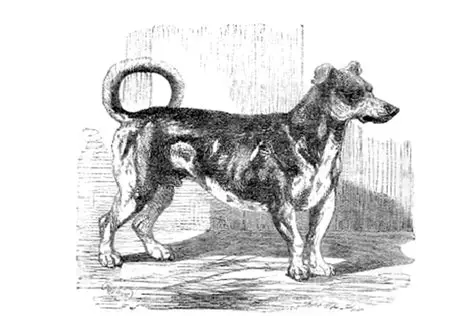
Centuries ago, kitchens needed more than chefs, they needed turnspit dogs. These small, short-legged pups were bred solely to run inside a wheel that turned meat over an open fire. A 19th-century account called them “the kitchen’s little laborers, tirelessly running to keep dinner cooking” (Smithsonian Magazine). Though the breed is now extinct, their story feels both strange and charming. Life was tough for these hardworking dogs, but they were a vital part of daily meals. From kitchens to jungles, the final breed reminds us how quietly some dogs got the job done.
15. Basenji: The Silent Hunter
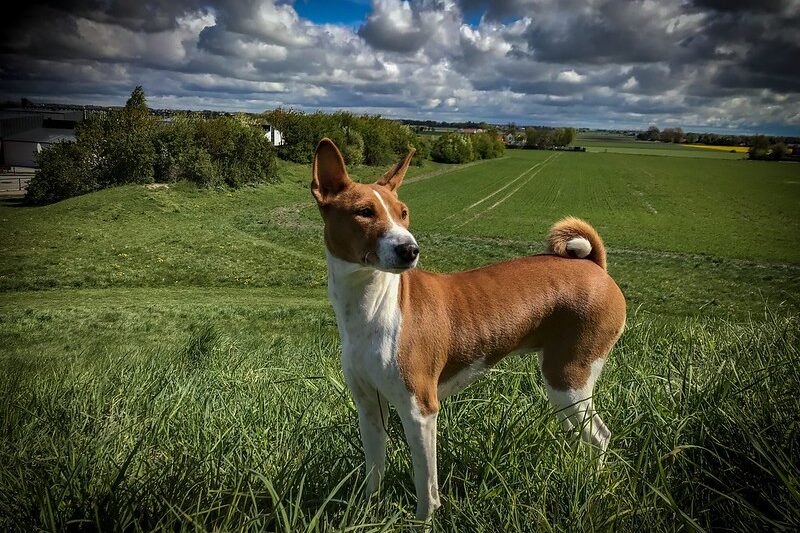
Unlike other hounds, the Basenji made its mark by staying quiet. Native to Congo, this small, agile dog hunted silently, flushing prey without a bark to give away its presence. Instead, it makes a unique yodel-like sound called a “barroo,” a trait still present today. As Dog Time notes, “its keen sight, speed, and silence made it invaluable to hunters navigating dense terrain.” Even now, Basenjis are independent and cat-like, carrying echoes of their wild roots. And that’s the beauty of these breeds, they each tell a story of human needs, odd jobs, and unwavering loyalty that lingers long after the work is done.
This story 15 Dog Breeds That Were Created for the Strangest Jobs was first published on Daily FETCH


